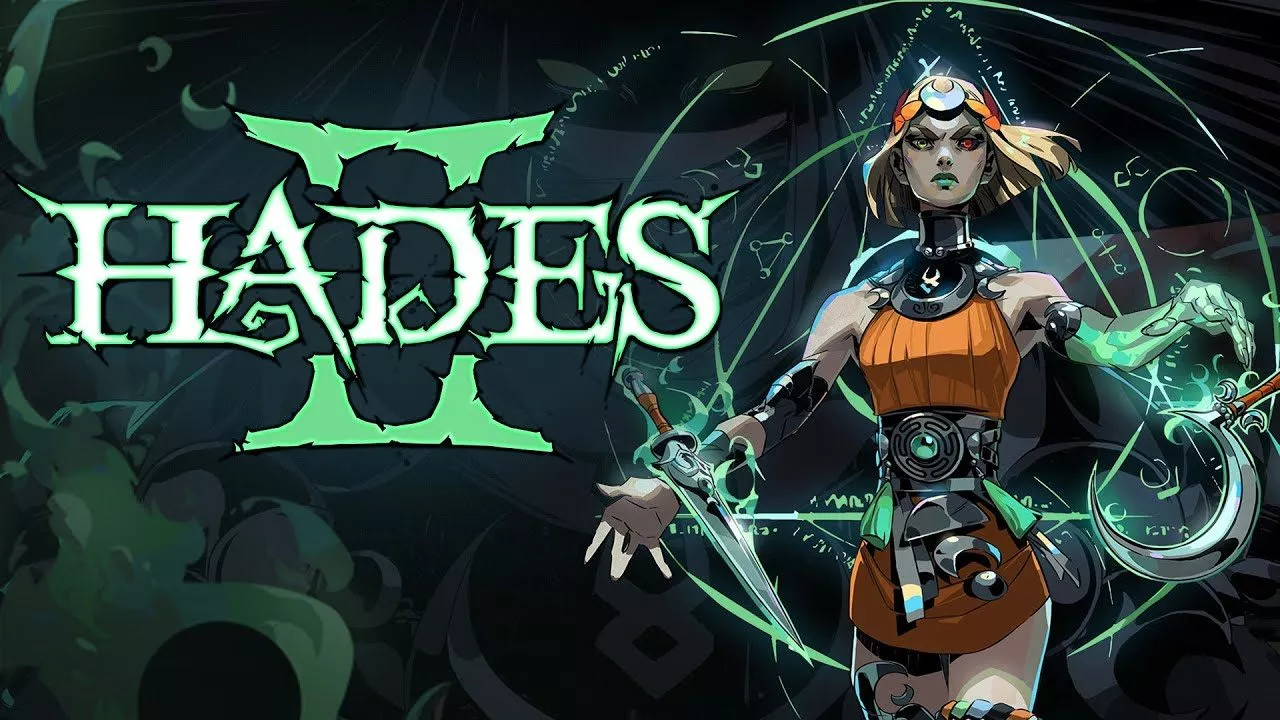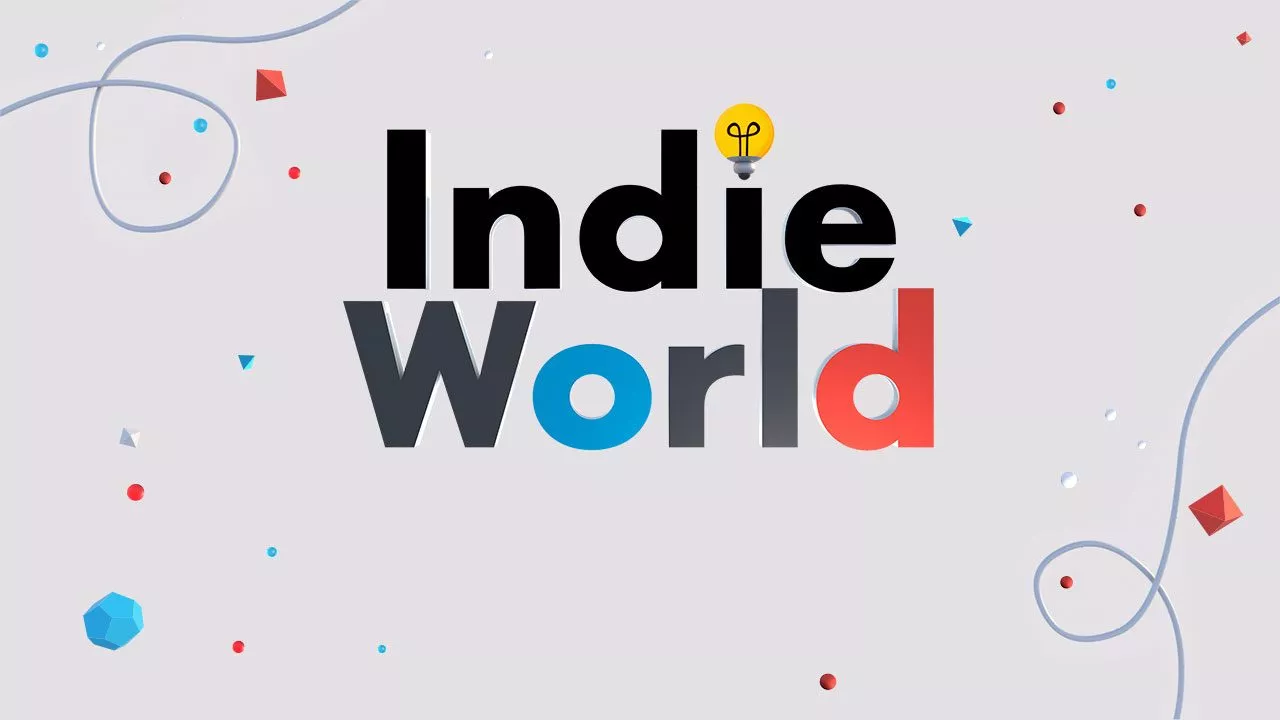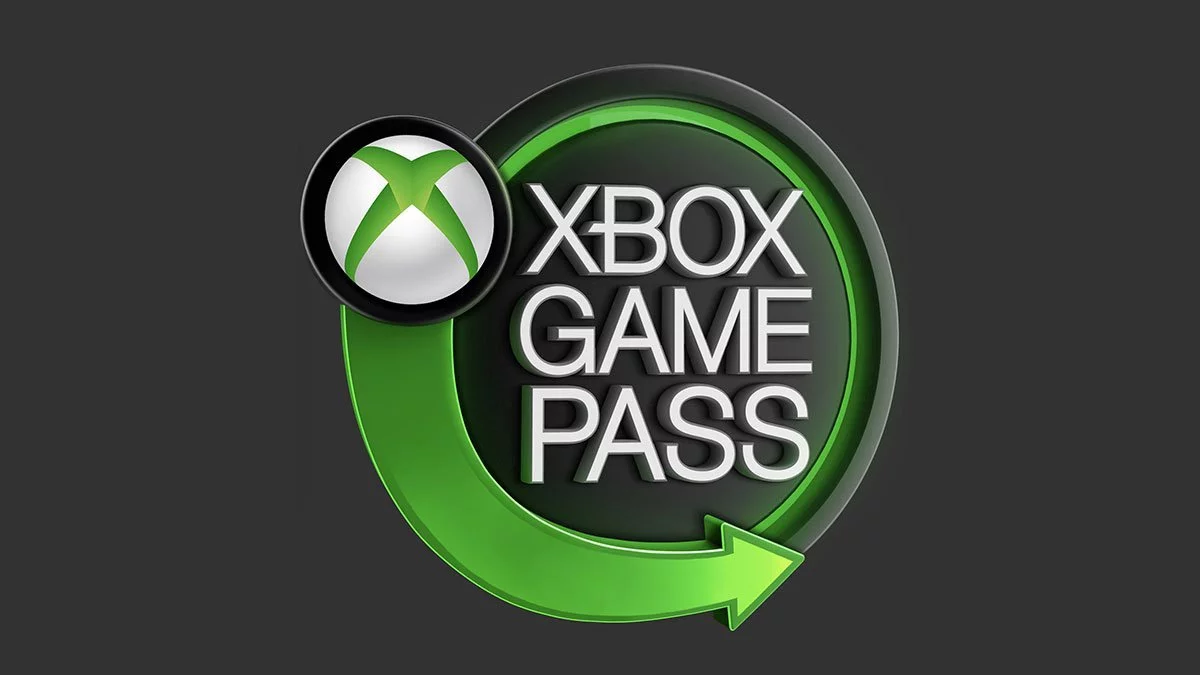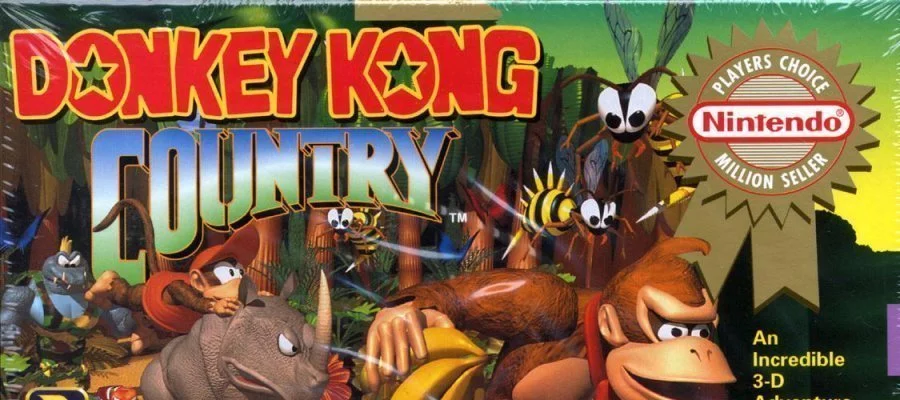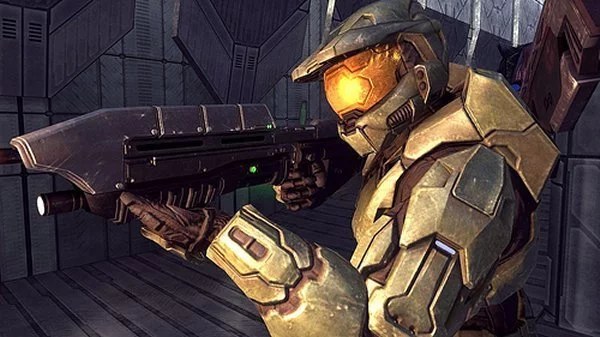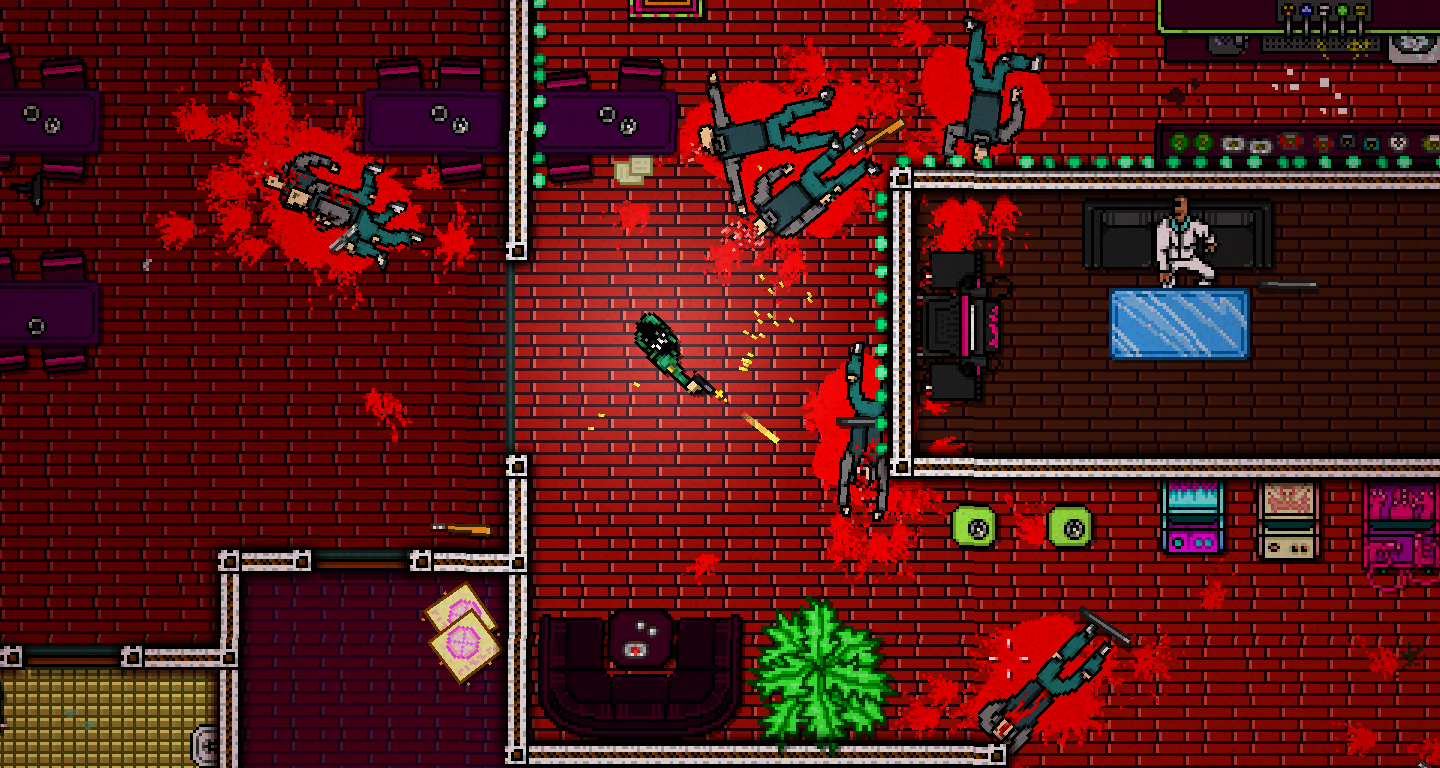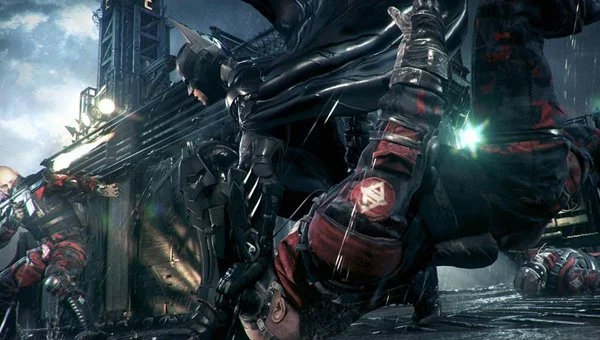Microsoft versus Sony, Battlefield versus Call of Duty and Forza versus Gran Turismo. These are some of the rivalries that can get people talking about console wars. “Game On or Game Over” is your place to get inside the minds of Nicholas and Andy as they seek to find the true meaning of gaming and tackle some of gaming’s most controversial subjects. Both are award winning authors – although the awards haven’t been mailed or created yet — but trust them. Would they lie to you?
Nicholas: While I know your position on HD remakes, for me, the greatest feature of my Wii U is undoubtedly the Virtual Console. Getting the chance to either experience for the first time, or re-experience those classic titles that make up a portion of my childhood memories is fantastic. What’s even better is that most are roughly around the $10AUD range, which is an absolute steal.
Just last week I discovered that the original Donkey Kong Country was available on the Virtual Console, and for the same price as my daily sandwich, I couldn’t pass it up. For the weekend that just passed, I’ve been enjoying level after level of classic platforming goodness – collecting bananas, balloons and jumping on crocodiles.
But this week’s article isn’t about me talking up the Virtual Console and all its goodness, because with all this nostalgia came an interesting reminder. While I’m not proud to admit it, I was once a much angrier gamer, and there was no angrier Nicholas than the one who used to sit in-front of his SNES or N64 raging about how I’d fallen off Rainbow Road once again. As I’ve been playing DKC this past week, I’ve found that rage start to creep back. Sure, I’m not stomping my feed or slapping the wall, but I find myself sighing after dying 20 times in a row, trying to complete whatever level I’m on.
Not to rehash what we discussed many moons ago about why older games are harder, I wanted to discuss what is it about older games that just feel more frustrating than modern ones. I’ve played so many platformers but only a handful of shooters, yet I’ve died more in DKC so far than the entire Halo CE campaign I recently completed – and that’s with almost 20 years gaming experience now. To kick things off, were you much the same? Did you find yourself sometimes raging when gaming as a kid? For what reason do you think that might have been?
Andy: Hmm, I can remember a grand total of two times I ever raged at a game when I was a kid. The first game was Super Mario Brothers and I died, and died, and died. By the end of it I was so pissed my 10 year old self chucked the controller as hard as my spaghetti arms could muster. It hit the wall, broke and left a hole in the wall. So I had to tell my dad about both and they rightfully both came out of my allowance. I still think I was grossly over charged for the wall. About a year after that I was playing, I think the second Metal Gear game, and was fighting a boss and same thing, but I learned my lesson from before so I threw the controller to the side… and hit my dog. I felt so bad, I never got that mad again. I’d like to think I’ve grown up and matured – a little – since then and that’s part of the reason I don’t get that mad anymore. The only times I’ve gotten close to truly raging at a modern game centre around multiplayer titles like Call of Duty. I think it was Black Ops the last time I got really mad, since then I just don’t care anymore.
I think platformers, for me anyway, are easier to get frustrated with. Mostly because, you know what you have to do, you can see where you have to go but there’s that tiny fraction of execution that you just can’t get to work causing you to die over and over again. At least that’s the case for me, although oddly enough that’s one of the reasons I enjoy platformers. The good ones require you to learn, adapt and hone your skills. I think a lot of “modern” platformers have too much leniency to them. Instead of dying the player just falls to a lower ledge and has to walk back up.
I don’t really think this is an argument for or against the idea that games used to be harder, we’ve touched on that a little in the past. From what you’re saying, it’s more of the idea that older platformer gamers – expected more from the player. They expected you to struggle at certain points and only able to progress after you have mastered something like a double jump, wall jump, etc. If a developer did that now, a majority of gamers would lose interest because they weren’t progressing in the game. Society has changed to a “I want it now” mentality versus a “I need to work for the next thing” of previous gaming generations. Once a gamer loses interest in a title it’s hard to go back to it, which means less time in their consoles etc. Does that make sense? Or is that just a case of me looking at it with rose-coloured glasses and remembering my youth?
Nicholas: I must admit, I’ve fortunately never thrown a controller before. I’ve definitely been tempted but the cost of a new controller was always in the back of my mind. I think the closest I did get though was with Midnight Club Los Angeles – the only modern video game that I can recall which really pissed me off. It was a pink slip race that I lost and was therefore down a car down in my garage. I turned the game off immediately and started swearing with words I didn’t usually say. It changed me bro, it changed me.
I think what you’ve said about platformers being difficult because you can see the solution but not implement it is certainly true. While I’ve been failing on Donkey Kong Country I was always able to see the goal, I just didn’t have the reaction time or fineness to achieve it. Whether it was just timing a jump correctly or being careful not to fall over the edge after attacking an enemy – the answer was clear, but the action of doing it was anything but.
I certainly think you’re onto something there. Super Mario 3D World for the Wii U is an example of a modern platformer, but it just doesn’t have the same difficulty as the games which started the franchise 20 years ago. Sure, the worlds are nicer and there are more elements, but there’s an aspect of challenge and risk and reward that’s lacking. Paths are much wider and those sections where it’s do or die if you miss a platform are few and far between.
There are definitely moments when I’ve rage quit a game and not picked it up for a significant time later. Juiced 2 comes to mind. I kept struggling with a race so I quit and didn’t play it again for a year later. Need For Speed Undercover was much the same. I think developers realize this, as you’ve mentioned, and don’t want to fear pushing gamers away. The question is though, when games like Dark Souls 2 and Hotline Miami 2 are praised for being difficult, why are these games still so popular? Why do you think some games are challenging yet still appreciated, while others are dropped immediately if you fail a section a few times?
Andy: I think it’s for a couple reasons actually. For starters games like Dark Souls, Bloodbourne and Hotline Miami are geared towards a specific section of the gaming population. They aren’t for everyone, and I think people know that. Those who go into those games know they are going to die, die again and then again after they died the last time. Didn’t one of the Dark Souls games have a “Prepare to Die” edition or something like that? That right there says the game isn’t for the Mario crowd.
Second, and to piggyback off the first one, at some point a handful of these games became “cool” and almost a badge of honour among gamers. This shift helped the game go from “this sh*t’s too hard” to “yeah, I beat that game”. There are a few achievements/trophies like that for other games; like “The Mile High Club” from Modern Warfare. But, I can’t think of many games that the entirety of the title, the experience, the grind, the frustration, et. al. have transcended into a whole other realm. Once they were able to cross that threshold and become cult classics and have that aura around them they were in a league of their own.
With that said, for most developers/publishers making a game for a very select subset of the gaming population just isn’t feasible. That’s the Catch-22 though I think developers are running into. In order to maximize profits, sell as many games as they can and keep those discs in the trays of gamers they are trying to be all things to everyone. By doing that, they are drifting further and further away from their roots. Loot at the Tomb Raider series and the last release. There were a handful of tombs, if you even want to call them that, and each took about 3 minutes to complete. There was very little challenge and thought involved in them. Let’s not forget that they added in multiplayer as well, because that’s what everyone had always been clamouring for in a Tomb Raider game was multiplayer… *cue crickets*.
By trying to be all things to everyone, you have a greater chance of straying from the bigger picture and vision of what the game is meant to be. You become too bogged down in adding feature after feature and the game loses its intimacy. Think of it this way, how many times have you been discussing games with people and someone invariably says “Remember when…”. That to me is alarming, sure games are getting bigger – but do they “need” to be bigger? Has the push for the greatest amount of revenue inadvertently decreased the greatness of the experience of the individual game?
Nicholas: I don’t think so. Sure games are getting grander, and sometimes that means there’s a lot more filler content which makes for a boring experience, but just because a game is larger doesn’t mean your experience with it is going to be less enjoyable. For example, a small downloadable indie title might be compact and heaps of fun, but so are games like Grand Theft Auto V and Mass Effect 3.
When you ask if games need to be bigger, I think we need to delve deeper into what gamer’s expectations are of modern titles. Back in 1994 Donkey Kong Country was a fully-fledged game (and still is) and I’m sure gamers would have taken their time playing through (and potentially replaying it) like gamers do with titles of today. The thing is though, if you released that same game in 2015 just with updated graphics, would gamers be as accepting or would they want more?
As time has passed games have naturally gotten more detailed and more grand, so while the push to include (pointless) multiplayer might seem ridiculous, the trend of worlds getting larger and graphics getting sharper is just a standard progression. It’s not that more content is an issue, it’s how the developer choses to implement that content that’s important.
Keeping on this, let’s assume two different scenarios with Assassin’s Creed Unity. There’s one example where there’s only story missions and no side-quests or online components. Then there’s another with the lot in there. If the former was released, do you think gamers would complain that there wasn’t enough content to play through? Despite it being 10 hours of quality missions, it simply isn’t enough? Alternatively with the latter, people now complain there is too much content and not all of it is interesting. Are gamers expectations of games getting larger, but then needing more content to flesh it out putting developers in a tough position then?
Andy: When you put it that way, it is a tough question that developers have to ask. Do we go all in on a great story and streamline it for maximum impact, or do we sprinkle the main story in amongst a crap ton of side missions? The trend right now is certainly the later of the two with developers beating gamers over the head with side quests and collectibles. One of my main complaints is it seems like all side quests that are being used as fillers fall into one of three categories; fetch quests, escort missions or going somewhere to kill something. There’s not a lot of variety right now, and you used the perfect term for it – they feel like filler. I’m fine with side quests, I’m an Achievement hunter after all, but the ones I enjoy are the ones that feel like a natural part of the story.
I hate, hate, hate missions that begin with you needing a key and the person that has it says “Well, I have it, but I won’t give it to you until you do <insert one of three side missions here> for me.” It’s a cheap cop out, not to mention it’s been done thousands of times already. I’m all for big experiences in games, but when they make me do the same thing over and over again, and force me to walk places to get something and bring it back, it’s a cheap way of extending gameplay. So, while the world may be bigger and my game time hours may be higher, that doesn’t mean it’s necessarily a better experience. That’s not even mentioning the overkill on having the in-game littered with all sorts of collectibles/side missions. The adage too much of a good thing spoils the experience is certainly true in my opinion.
It seems like developers are trying to justify the gamers purchase of their game, by packing in every little side quest they can think of. Done right, side missions can be a great extension of the main game. Done poorly, it’s tedious filler that has no real value. I’m not sure gamers are asking for all that filler content. I think most gamers want a great experience that has a good flow, good story and good overall development. I can’t think of many games where I have said to myself, “Man, I wish there was more worthless filler content in this game.” I think that’s one of the reasons we are seeing indie games become more and more excepted and cherished. The Walking Dead, Ori and the Blind Forrest, Child of Light, and Valiant Hearts to name a few are some popular non-AAA games. I think most would agree in quality over quantity. What’s your feeling on those missions that are obviously more filler than substance? Is there other things you’d rather see the developer focus on instead of just padding gameplay hours?
Nicholas: For those missions where it just feels repetitive and boring then absolutely, they should be removed. The thing is though, just because a mission might fall into the three examples you provided above doesn’t mean they can’t be enjoyable. The task for developers isn’t to make each mission completely unique from everything we’ve seen before – it’s just to prevent the gamer from feeling like they’re repeating themselves continuously. So for me, this isn’t a major issue in most games I play. Assassin’s Creed has actually been doing really well the last two titles to break up the gameplay so it doesn’t feel repetitive in both the side-missions and the main quests. Rather, the area most games fail is with collectibles. I’ve spoken about them in the past as being a motivator to truly explore some of these larger worlds we’re seeing lately, but recently it’s just getting overboard. When you need to zoom into your world-map so you can make out the individual icons because there are just so many, then you’ve gone too far. If there’s anything I want developers to focus on, it’s having less collectibles and making those which are included as being meaningful and interesting to collect.
As we approach the end of this week’s article I wanted to bring it back to where we started. I’ve been enjoying playing through Donkey Kong Country, but I wonder whether this is because it’s a really solid game, or is it because there’s a lot of nostalgia masking its flaws. What I mean is, could a modern versions of a games like DKC come back and truly succeed in 2015? While Tropical Freeze is such an example (and it did well review-wise too), the number of modern traditional platformers are few and far between. When so many gamers are keen for games like the new Batman or The Division, can platformers cut it anymore? Are open world exploration games just where gaming is heading (or has been for a while now) and platforming is no longer a genre but just a gameplay element?
Andy: I don’t think platformers are dead, there is still a market for them. With that said though, it’s a different market and one that affects delivery and price. I think where platformers will continue to thrive are smaller downloadable games. Like the above mentioned Ori and the Blind Forrest or one of my favorite games from a couple years ago – Dust an Elysian’s Tail. I would personally consider the LEGO games as variations on the platformer model as well. They just aren’t the traditional side scrolling Metroid-esk version.
While there is certainly an appeal to those massive worlds like Elder Scrolls, GTA etc. having every game be that size I think the desire would start to wane. I mean I like Strawberry Reunion Mike and Ikes, but I wouldn’t go out and get 40 plus boxes of them to… OK bad example. One of the draws of playing video games is the ability to have a variety of experiences. Play Battlefield for a while and when you want a change of pace throw in Need for Speed. When you want another change of pace load up Pinball FX2. The beauty is in the choice as much as it is the content. When games start bleeding into each other and feeling the same that’s when things start to get concerning because while there is a choice for the name of the game, there is little choice as to the content.
We’ve seen it time and time again, if the game is good enough it doesn’t matter the genre or delivery method, gamers will buy it and it will be successful. My only hope is developers scale back trying to be all things for everyone and instead have laser focus on making the best game they can without the need for a bunch of filler side missions. I’m OK with a 10 to 15 hour story if it is absolutely amazing and hooks me from the start. I don’t need to play a game for 30 hours, 40 hours or 100 hours in order for it to be held in high esteem. Give me great characters, a great story, and fun gameplay and you’ll have that regardless. I would hope that developers don’t get so focused on those little details that they lose sight of their broader vision. Because, that’s ultimately why we play the games.
Tune in next time for the next instalment of Game On or Game Over. If you have any ideas for our next article, feel free to contact Andy or Nicholas on Twitter.
This article may contain affiliate links, meaning we could earn a small commission if you click-through and make a purchase. Stevivor is an independent outlet and our journalism is in no way influenced by any advertiser or commercial initiative.



